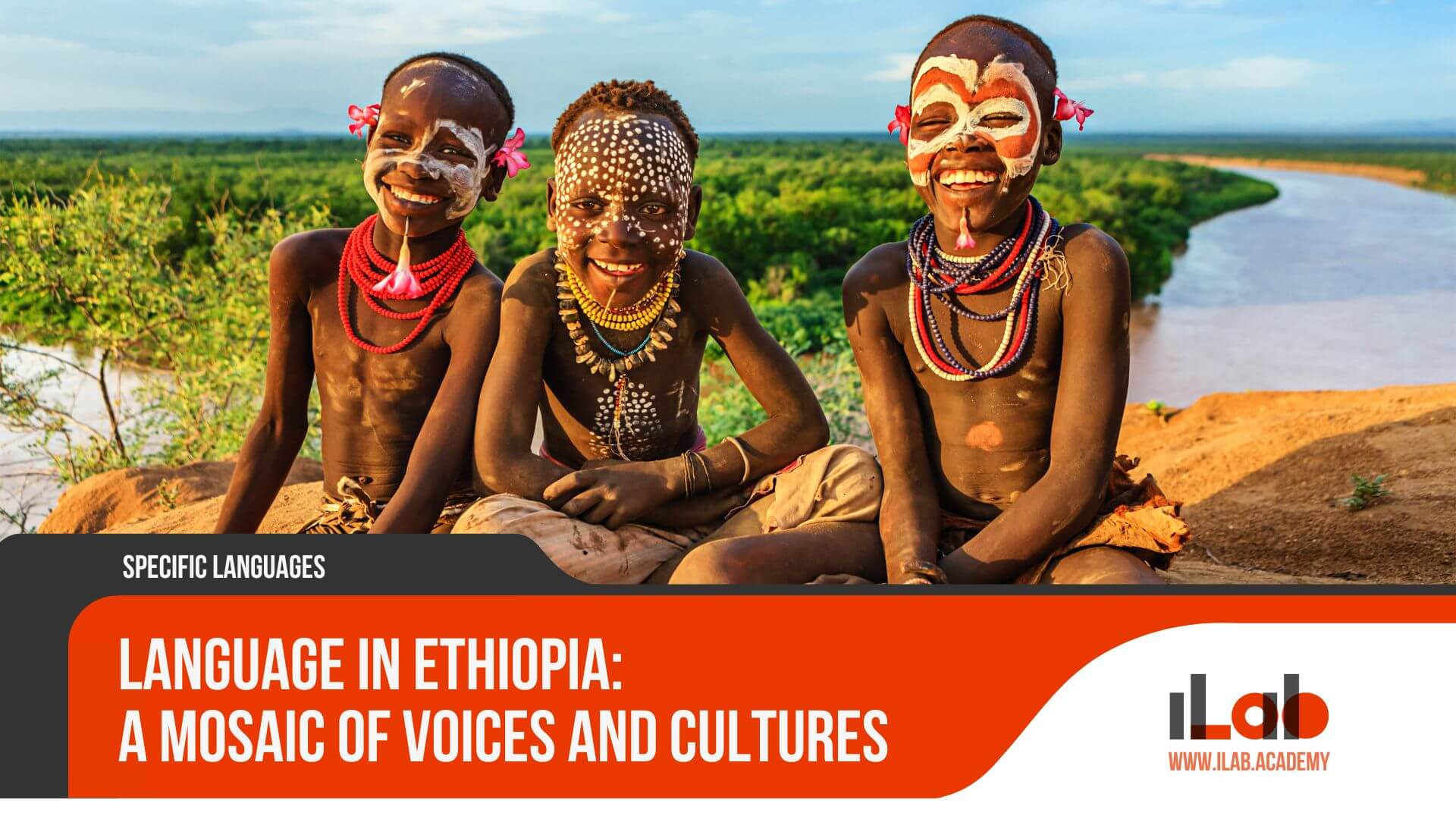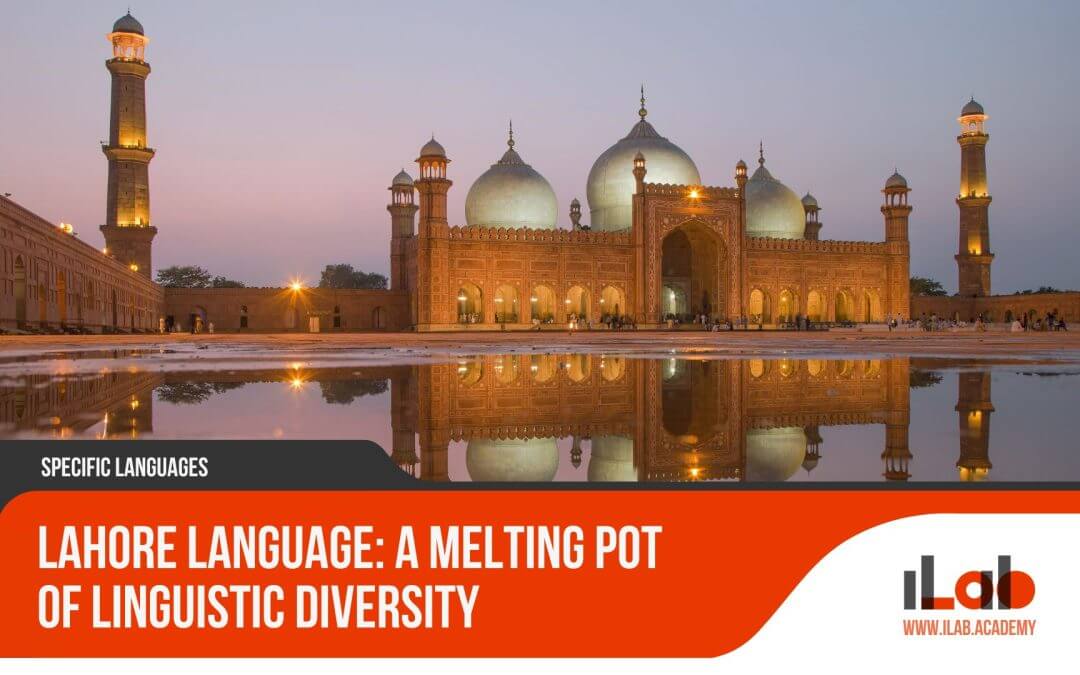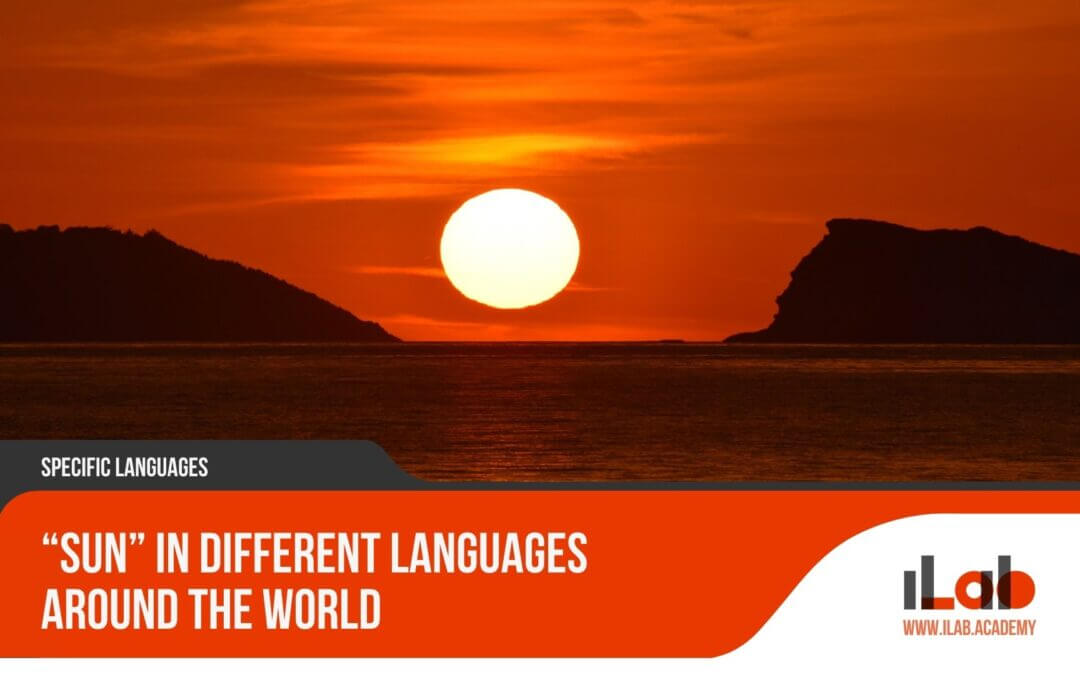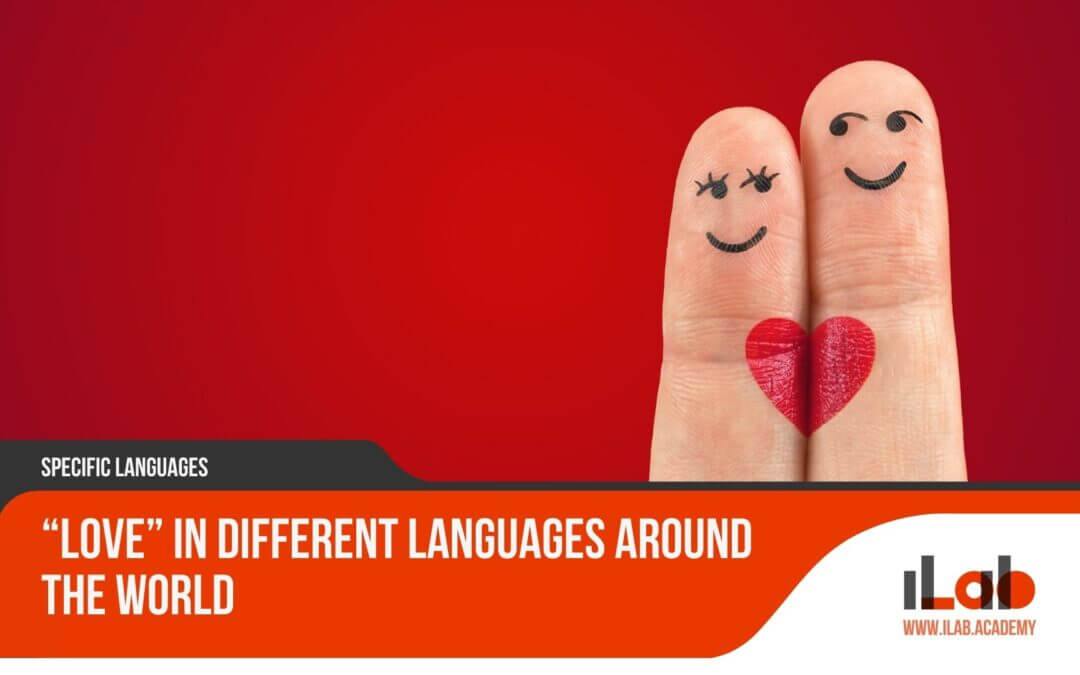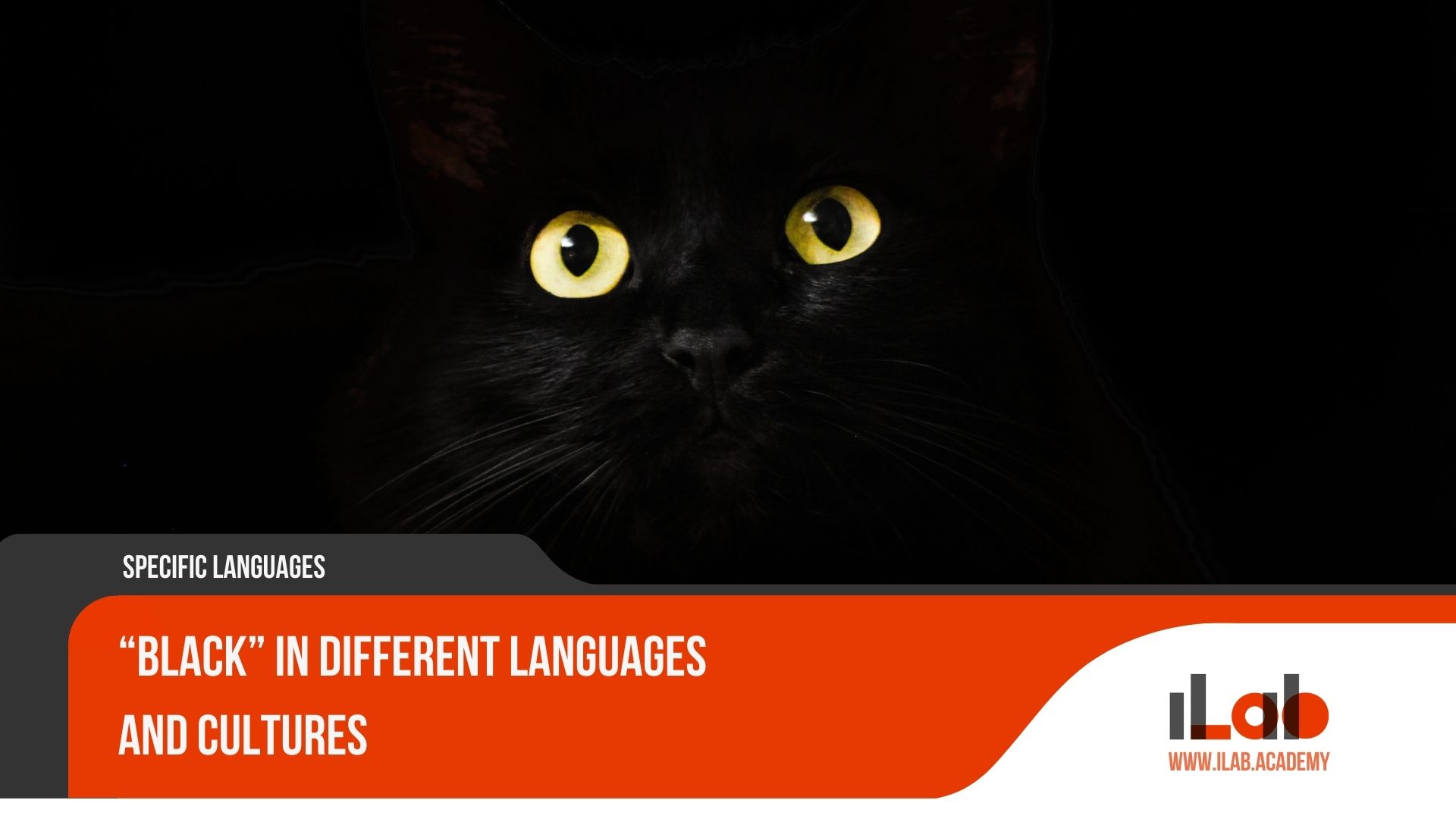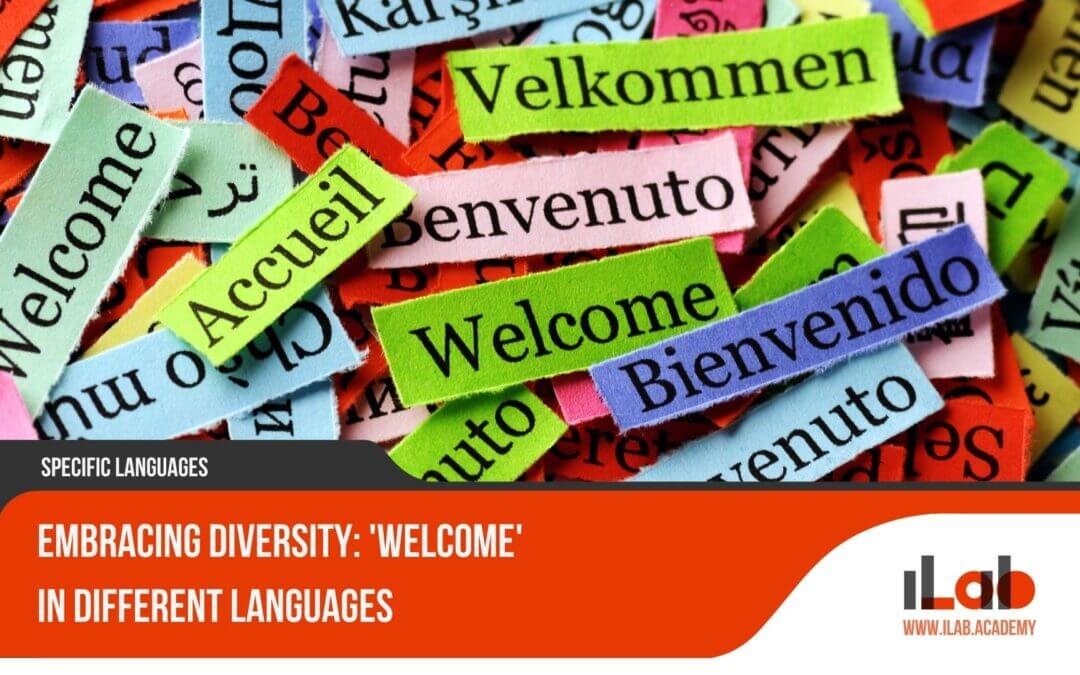Table of contents
Nestled within the Horn of Africa, Ethiopia’s linguistic landscape presents a compelling tableau of cultural and historical interplay. As a nation with over 80 languages, each serves as a vital thread in the broader tapestry of Ethiopian identity, from the Amharic used by government officials to the melodies of Oromo spoken in the marketplace. This linguistic wealth is not merely a testament to the country’s diversity; it is emblematic of the varying ways in which its people express their traditions, values, and social relations. In exploring the implications of such diversity, one must consider how language policies, educational frameworks, and media proliferation have shaped, and continue to shape, the realities of these myriad voices. The question remains: How does Ethiopia sustain the balance between linguistic plurality and the need for a cohesive national dialogue in an era marked by rapid global change? As we traverse the linguistic contours of Ethiopia, we shall uncover the underpinnings of this balance and the resonance of its languages in the symphony of modern Ethiopian society.
Key Takeaways
- Ethiopia has a rich linguistic landscape with a diverse range of languages spoken across the country, reflecting the cultural diversity and significance of these languages.
- Amharic is the national language of Ethiopia and holds great historical and cultural importance, being widely used in government, media, and education.
- The Oromo language is the most widely spoken language in Ethiopia and plays a significant role in the country’s cultural fabric.
- The Ethiopian Highlands are home to languages such as Tigrinya, which are integral to regional identities and traditions, showcasing the linguistic variety of the region.
Introduction to Ethiopia’s Linguistic Diversity
Nestled within the Horn of Africa, Ethiopia boasts a rich tapestry of languages that mirrors its diverse cultural heritage and complex history. The nation’s linguistic landscape is a mosaic, comprising over 80 distinct languages spread across multiple families, including Semitic, Cushitic, Omotic, and Nilo-Saharan. This multiplicity of tongues not only reflects the myriad ethnic groups within Ethiopia but also serves as a testament to the country’s role as a crossroads of civilizations.
The major language groups possess their own unique cultural context, shaping the identity of their speakers and influencing daily life. Each language encapsulates a world view, a repository of history, and a framework for social interaction, deeply interwoven with the traditions and values of its people. Consequently, language in Ethiopia is not merely a means of communication but also an integral component of cultural expression and preservation.
Understanding Ethiopia’s linguistic diversity is crucial for appreciating the nation’s complex social fabric. It is a diversity that is celebrated, even as it presents challenges in governance, education, and national integration. The linguistic variety is indicative of the multilayered narratives that have played out over centuries, from the ancient civilizations that left their mark on the region to the contemporary dynamism that is shaping modern Ethiopia.
As the curtain rises on the deeper discussions of Ethiopia’s languages, one must recognize that the nation’s approach to its linguistic heritage is as multifaceted as the languages themselves. It is a journey through the sounds and scripts that have chronicled the Ethiopian experience—a confluence of voices and cultures that continue to define this storied land.
Amharic: The National Language of Ethiopia
As the national language of Ethiopia, Amharic holds a distinguished position, serving as the primary medium of official communication, education, and media in the country. Stemming from the Semitic language family, Amharic has its roots deeply entrenched in the nation’s history and culture. It operates as a lingua franca, bridging the gaps between the multitude of ethnic groups and languages within Ethiopia’s borders.
Amharic gained prominence as the language of the Ethiopian imperial court and has maintained its status even after the shift from a monarchy to a republic. Its script, known as Fidel or Abugida, is unique in its structure, comprising 33 basic characters with 7 forms each, indicating different vowel sounds. This visually distinct writing system is not only a point of national pride but also a critical tool for literacy and education in the country.
The government of Ethiopia employs Amharic in its official documents and proceedings, reinforcing its role as a symbol of national unity. Furthermore, it is the medium of instruction in primary schools and is taught nationwide, ensuring that citizens from diverse linguistic backgrounds have a common platform for communication.
In the realm of media, Amharic’s influence is pervasive. It is the predominant language used in national newspapers, television broadcasts, and radio programs, which facilitates the dissemination of information to the broadest possible audience within Ethiopia. This widespread use underscores the language’s importance in fostering societal cohesion and enabling participation in the national discourse.
The enduring prominence of Amharic in Ethiopia’s socio-political landscape is a testament to its pivotal role in shaping the national identity and preserving the country’s cultural heritage.
Oromo: Understanding Ethiopia’s Most Widely Spoken language
The Oromo language, with its significant number of speakers, stands as the linguistic backbone of Ethiopia, shaping much of the country’s cultural and social landscape. As the mother tongue of the Oromo people, the largest ethnic group in Ethiopia, it plays a crucial role in everyday communication, as well as in the realms of education, politics, and media.
Oromo is primarily spoken in the Oromia region, which is the largest regional state in terms of both population and area. However, its influence extends beyond these borders, with communities of speakers scattered throughout the nation and in neighboring countries. The language belongs to the Cushitic branch of the Afroasiatic language family, which is indicative of a rich linguistic heritage that interconnects various cultures across the Horn of Africa.
To further understand the significance of Oromo, consider the following aspects:
- Demographics: Oromo is used by approximately 35% of Ethiopia’s population, making it the most widely spoken language in the country.
- Literature and Media: There has been a significant growth in Oromo literature and media, including newspapers, radio, and television programs, which foster a sense of identity and cultural pride among speakers.
- Education and Language Policy: The adoption of Oromo as a language of instruction in schools within Oromia exemplifies Ethiopia’s commitment to linguistic diversity and has empowered local communities by improving access to education.
In a country characterized by its mosaic of languages, the prominence of Oromo underscores the importance of acknowledging and supporting linguistic diversity as a key component of Ethiopia’s socio-cultural fabric. Understanding Oromo is not only about grasping its linguistic features but also recognizing its role in shaping the identity and aspirations of a significant portion of the Ethiopian populace.
Languages of the Ethiopian Highlands: Tigrinya and Beyond
High above the rolling landscapes of Ethiopia, the languages of the Ethiopian Highlands, including the widely spoken Tigrinya, resonate deeply with the cultural identities and historical narratives of their speakers. Tigrinya, a Semitic language primarily spoken in the Tigray region, serves as a cornerstone of identity for the Tigrayan people. Its script, part of the Ge’ez writing system that is also shared with Amharic, is a testament to the region’s rich heritage, which dates back to ancient civilizations.
Beyond Tigrinya, the highlands are a linguistic confluence where several other languages are spoken. These include Agaw languages such as Qemant and Bilin, which hold their own historical significance and cultural expressions. Each language functions as a vessel for transmitting oral traditions, customary laws, and the collective wisdom of its people, many of whom live in rural and often isolated communities. This isolation has cultivated a distinct linguistic environment where languages have evolved independently, creating a patchwork of dialects and linguistic practices unique to the highlands.
The cultural traditions of the highland communities are intricately woven into their languages. Festivals, religious ceremonies, and social customs are all expressed through specific linguistic forms, reflecting the communities’ way of life. In a country that prides itself on its diversity, the languages of the Ethiopian Highlands are more than mere tools of communication—they are living symbols of Ethiopia’s multifaceted identity.
As Ethiopia continues to develop, the task of preserving these languages becomes ever more pressing. Language education and policy must balance the need for national unity with the celebration of linguistic diversity, ensuring that the voices of the Ethiopian Highlands continue to echo through the generations.
The Cushitic and Omotic Languages of Southern Ethiopia
Venturing into the linguistic terrain of southern Ethiopia reveals a colorful mosaic of Cushitic and Omotic languages, each with its own unique characteristics and cultural significance. This region is distinct for its linguistic diversity, where languages are not only a means of communication but also a repository of cultural heritage and identity.
The Cushitic languages, one of the four major Afroasiatic language families, encompass a variety of tongues spoken across different areas in southern Ethiopia. Among them, languages like Afar, Sidamo, and Oromo (which is also widely spoken in other parts of the country) stand out for their number of speakers and cultural impact. These languages possess their own intricate grammatical structures and rich vocabularies, reflecting the diverse lifestyles and traditions of their speakers.
On the other hand, the Omotic languages, which are considered by some linguists as a branch of the Afroasiatic family, while others argue for their independent lineage, include languages such as Wolaytta and Gamo. These languages are deeply woven into the social fabric of their respective ethnic groups and play a critical role in the oral traditions and collective memories of these communities.
To add depth and complexity to the understanding of these languages:
- Cushitic and Omotic languages are significant for their historical roots, some tracing back to ancient Cushitic civilizations known for their trading and cultural exchanges.
- They exhibit notable linguistic features, such as the use of tone in Omotic languages, which is relatively rare among Afroasiatic languages.
- Efforts to document and revitalize these languages are ongoing, with particular emphasis on their oral literature, music, and other forms of cultural expression.
These languages not only contribute to the rich linguistic tapestry of Ethiopia but also underscore the nation’s commitment to preserving its diverse cultural heritage amidst modernization and globalization.
Language Policy and Multilingual Education in Ethiopia
Understanding the vibrant tapestry of Cushitic and Omotic languages in southern Ethiopia naturally leads to an exploration of the nation’s policies surrounding language and the implementation of multilingual education. Ethiopia’s government recognizes the value of linguistic diversity as a cornerstone of the nation’s cultural heritage. In response, it has enacted language policies that aim to balance the goals of national unity with the need to honor and preserve this diversity.
The country’s constitution guarantees the right of every ethnic group to develop its language and to establish a system of primary education in its mother tongue. Consequently, Ethiopia has adopted a multilingual education policy, whereby schooling is initially offered in the local languages. This approach is designed to foster a better learning environment for children, allowing them to begin their education in a familiar linguistic context before transitioning to the official federal language, Amharic, and English at higher levels.
Such policies reflect an understanding that multilingual education is critical to social cohesion and individual empowerment in a heterogeneous society. By promoting instruction in indigenous languages, Ethiopia seeks not only to enhance educational outcomes but also to safeguard minority languages from the pressures of linguistic homogenization.
Despite these progressive policies, Ethiopia faces challenges in implementing multilingual education, including a shortage of qualified teachers, a lack of standardized orthographies for many languages, and limited resources for producing educational materials. Nevertheless, the commitment to a multilingual framework remains a central feature of Ethiopia’s educational landscape, demonstrating the government’s endeavor to navigate the complexities of its linguistic reality.
Challenges in Preserving Language Diversity
Amidst Ethiopia’s rich linguistic mosaic, the preservation of language diversity faces significant challenges, including the potential erosion of minority languages in the shadow of dominant tongues. As Ethiopia strives to maintain its vast array of languages, several key factors threaten the linguistic equilibrium within the nation. These range from societal pressures to governmental policies that inadvertently favor certain languages over others.
The challenges can be outlined as follows:
- Linguistic Domination: Languages such as Amharic and Oromo enjoy a privileged status in Ethiopia due to their widespread use and official recognition. This dominance can overshadow lesser-spoken languages, leading to a decline in their usage and, eventually, their potential disappearance.
- Educational Limitations: While the government has made efforts to introduce multilingual education, resources and trained educators are often scarce for minority languages. This limitation not only hampers the learning of these tongues but also affects the cultural knowledge that is transmitted through language.
- Urbanization and Globalization: The move towards urban centers and the influence of global languages like English can lead to a homogenization of language use. Younger generations may favor global or dominant local languages for economic and social advantages, neglecting their ancestral tongues.
Addressing these challenges is crucial for the survival of Ethiopia’s lesser-known languages. It requires a concerted effort from all sectors of society, including the government, educational institutions, and local communities, to ensure that languages are not only preserved but also celebrated as part of the nation’s rich cultural heritage. The way forward involves innovative policies, increased investment in education, and a societal shift that values the unique voices and cultures each language represents.
The Socioeconomic Impact of Language in Ethiopia
Language proficiency in Ethiopia is a key determinant of socioeconomic status, influencing access to employment, education, and social services. The ability to communicate effectively in Amharic, the national language, often dictates the level of participation an individual can have in the broader Ethiopian economy. It is a gatekeeper for national civil service jobs, and a prerequisite for engaging in the political discourse. This central role can create barriers for speakers of other languages, potentially limiting their access to opportunities and contributing to regional disparities in income and social advancement.
In the realm of education, proficiency in Amharic or English—the medium of instruction in secondary schools and universities—can significantly affect academic success and, consequently, future job prospects. Students who are not fluent in these languages may struggle to achieve educational attainment on par with their peers, further entrenching socioeconomic divides. The situation is compounded for speakers of minority languages, where educational resources and instruction in their mother tongue are scarce or non-existent.
The government’s push for multilingual policies and education aims to mitigate these challenges, promoting social cohesion and equal access to opportunities. However, the practical implementation of such policies is complex and resource-intensive, requiring significant investment to develop curricula and train educators capable of teaching in a multitude of languages.
Moreover, language not only influences economic outcomes but also shapes social dynamics, often determining access to healthcare, legal systems, and civic participation. As such, language proficiency remains a crucial aspect of Ethiopia’s socioeconomic fabric, with the power to either bridge or widen the gap between different communities and regions within the nation.
The Role of Technology and Media in Promoting Ethiopian Languages
While language proficiency continues to play a significant role in socioeconomic inclusion, the advent of technology and media offers new avenues for the promotion and revitalization of Ethiopian languages. These digital platforms not only provide alternative spaces for language use but also enable the preservation and dissemination of linguistic content to broader audiences, both within Ethiopia and in the diaspora.
Modern technology, such as mobile applications and social media networks, has become a pivotal tool in language education and practice. These platforms facilitate the learning of Ethiopian languages by providing interactive and engaging content that can reach learners globally. Media, including television and radio, have also expanded their offerings in local languages, allowing for greater representation and access to information for speakers of various Ethiopian tongues.
The impact of technology and media on the promotion of Ethiopian languages can be observed through several key developments:
- Digital Education: Online resources and e-learning platforms now feature courses and materials in Ethiopian languages, contributing to easier access to language education for both native speakers and language enthusiasts.
- Social Media Engagement: The use of Ethiopian languages on social media platforms has increased, creating online communities where speakers can communicate and share content in their mother tongue, thus normalizing its usage in digital spaces.
- Media Representation: Television and radio programs broadcast in local languages not only enrich the media landscape but also validate and elevate the status of these languages in the public sphere.
Utilizing the potential of technology and media is crucial for the ongoing efforts to maintain and invigorate Ethiopia’s linguistic heritage. By embracing these tools, Ethiopia can ensure that its mosaic of languages continues to flourish in an increasingly connected world.
Frequently Asked Questions
How Has the Ethiopian Diaspora Contributed to the Global Spread and Recognition of Ethiopian Languages?
The Ethiopian diaspora has played a significant role in the global dissemination of Ethiopian languages. Through communities abroad, they have fostered cultural exchanges and heightened the visibility of their linguistic heritage. The diaspora’s contribution includes establishing educational resources, engaging in media production, and promoting bilingualism, thereby enhancing the recognition and appreciation of Ethiopia’s linguistic diversity on an international stage.
What Role Do Traditional Ethiopian Proverbs and Storytelling Play in Maintaining Language Vitality and Intergenerational Transmission?
Traditional Ethiopian proverbs and storytelling are crucial in preserving language vitality and ensuring intergenerational transmission. These oral traditions embed linguistic structures, cultural values, and collective wisdom within the community, fostering a strong sense of identity. Their use in daily communication and education reinforces native language usage among youth, thereby safeguarding linguistic heritage against the erosion of time and the influence of dominant languages.
Are There Any Unique Language-Related Customs or Etiquettes in Ethiopia That Foreigners Should Be Aware of When Visiting or Conducting Business?
In Ethiopia, understanding language-related customs is crucial for respectful communication. When visiting or engaging in business, it is advisable to learn basic greetings and phrases in the dominant language of the region. Showing interest in local languages can build rapport. Be mindful that indirect communication is often preferred, and silence can carry significance. Consult local guides or cultural experts to navigate linguistic etiquette appropriately and avoid misunderstandings.
How Have Historical Events in Ethiopia, Such as the Reign of Different Empires or Colonization, Influenced the Current Linguistic Landscape?
Historical events in Ethiopia, including the rise and fall of empires, have significantly shaped its linguistic landscape. The spread of certain languages and the marginalization of others often correlated with the political dominance of specific ethnic groups. Colonial encounters, although limited compared to other African regions, also left an imprint, influencing language policies and educational systems that continue to affect language use and status in Ethiopia’s multiethnic society today.
What Collaborative Efforts Exist Between Linguists, Anthropologists, and Local Communities in Ethiopia to Document and Study Lesser-Known Languages and Dialects?
In Ethiopia, collaborative efforts between linguists, anthropologists, and local communities are pivotal in documenting and studying lesser-known languages. These interdisciplinary teams work tirelessly to record languages, analyze linguistic features, and preserve oral traditions. By engaging with native speakers and utilizing participatory research methods, they contribute to the vitality of these languages and enrich our understanding of Ethiopia’s diverse linguistic heritage.
Conclusion
In conclusion, Ethiopia’s linguistic landscape presents a rich tapestry of cultural and communicative expressions, reflecting the nation’s historical depth and diversity. Effective language policies and educational strategies are crucial in sustaining this heritage while adapting to modern pressures. As globalization advances, the balance between preserving linguistic diversity and fostering national unity remains a delicate endeavor. It is imperative that technology and media be leveraged to promote and protect Ethiopia’s unique mosaic of languages for future generations.

